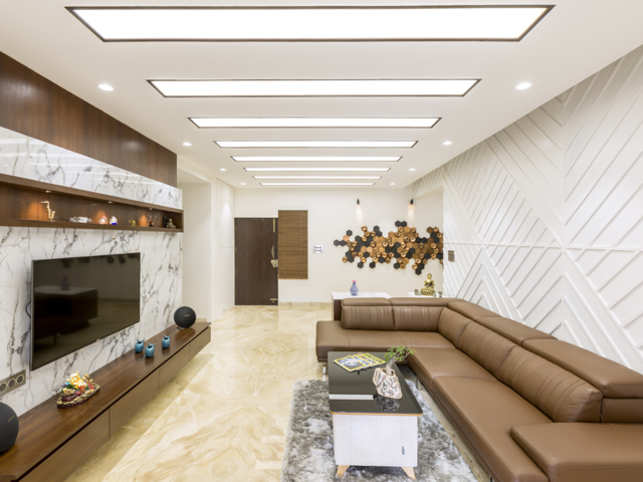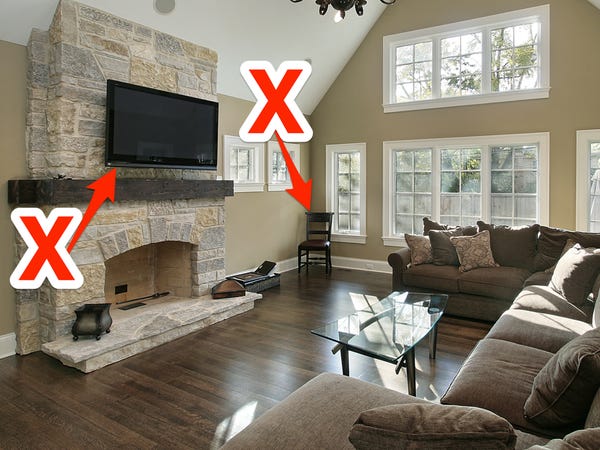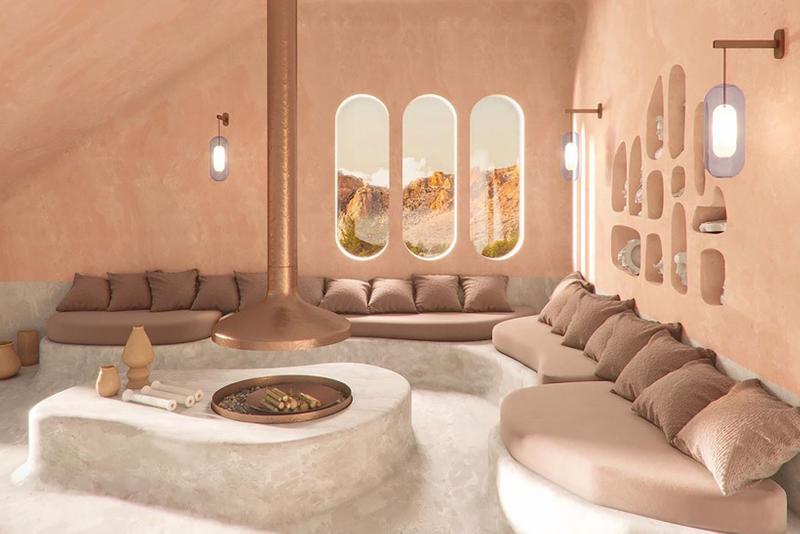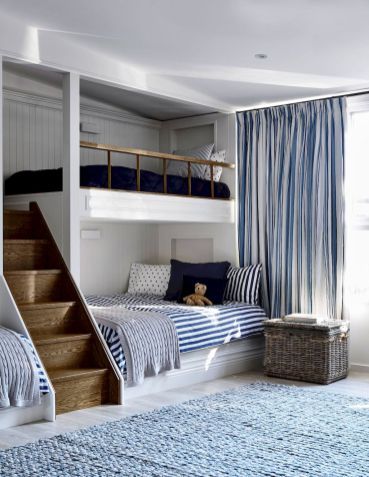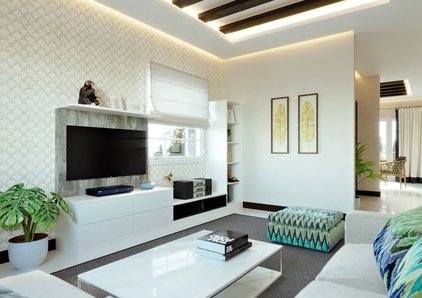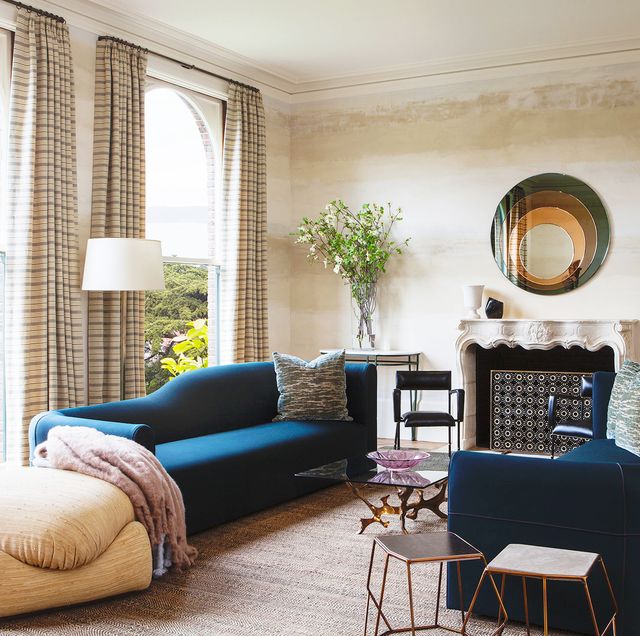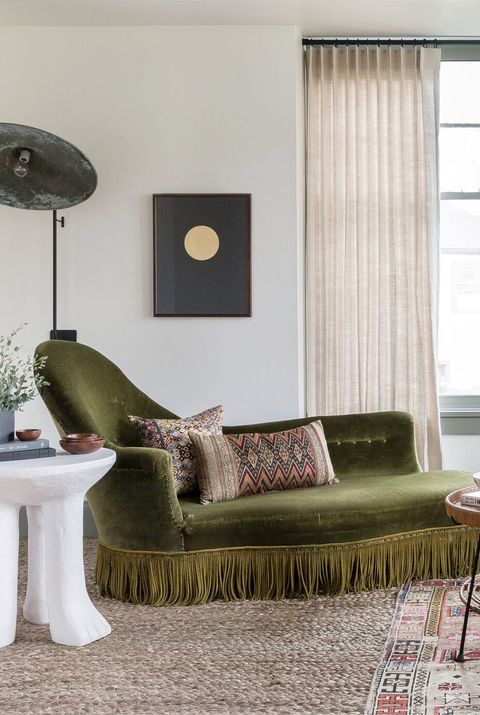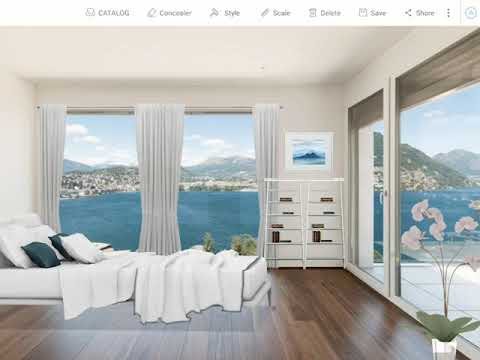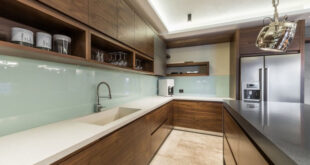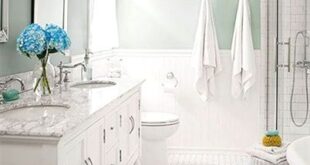If you are trying to create a whole new interior for your home, or are just trying to find some interesting ideas about decor, you will probably go through some books, magazines and web pages. As you read the articles on decor and decor, you may wonder what some special words and terms really mean. So here's a glossary of some basic terms to help you with your interior design research and reading …
Art Deco: An architectural and decorative style from the period 1925-1940. This style was characterized by strong, bold colors, geometric patterns and the use of materials such as glass and plastic.
Art Nouveau: A style of decoration and architecture from the late nineteenth and twentieth centuries, characterized in particular by the depiction of flowers and leaves in continuous, flowing lines.
Contemporary style: A style that was modern in the 50s and associated with many of the news recently seen at the exhibition Festival of Britain which took place in 1951. This festival was a post-war celebration of modernity and colors. The look of "modern style" is characterized by bright colors and organic shapes.
Ergonomics: The science of adapting the equipment and / or the job and the people to each other for optimal productivity and safety.
Functionalism: A doctrine that suggests that an object's function should determine its design and what it is made of. Functionalism emphasizes usability and practicality.
High-tech: Card for "high technology". It is also an interior style that can be recognized through the use of industrial equipment, materials or design.
kitsch: Sentimentality or vulgarity, most pretentious bad taste, especially when it comes to art. The word is also used for example of kitsch in decoration.
Modernism: Use or style characteristic of modern times. This word is often used to express the deliberate deviation from traditional things and the use of innovative forms of expression that distinguish many styles of twentieth-century art.
Neo-Modernism: This is an Italian design movement that came out in contrast to the increasingly loose definitions associated with postmodernism. Modernism rejected certain earlier styles, but modernists accepted the importance of an "individual" aesthetic as a "functional" dimension of design.
Popular Art: It's also called Pop Art. It means the art created for the public; art that is popular or popularized. It also means works of pop culture or works of pop style.
retro: A décor, design or style that relates to or is reminiscent of past things.
